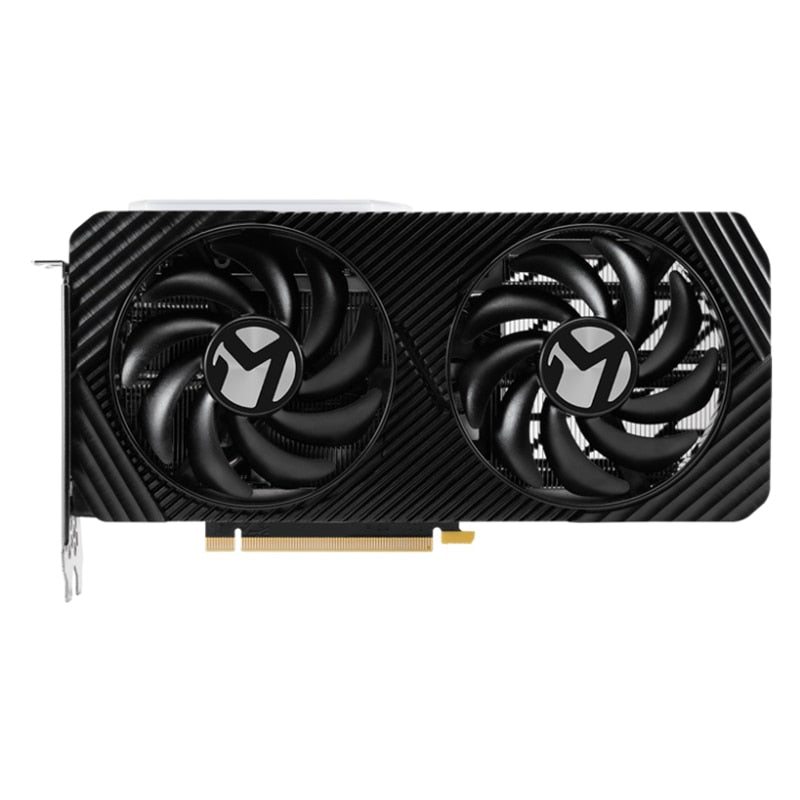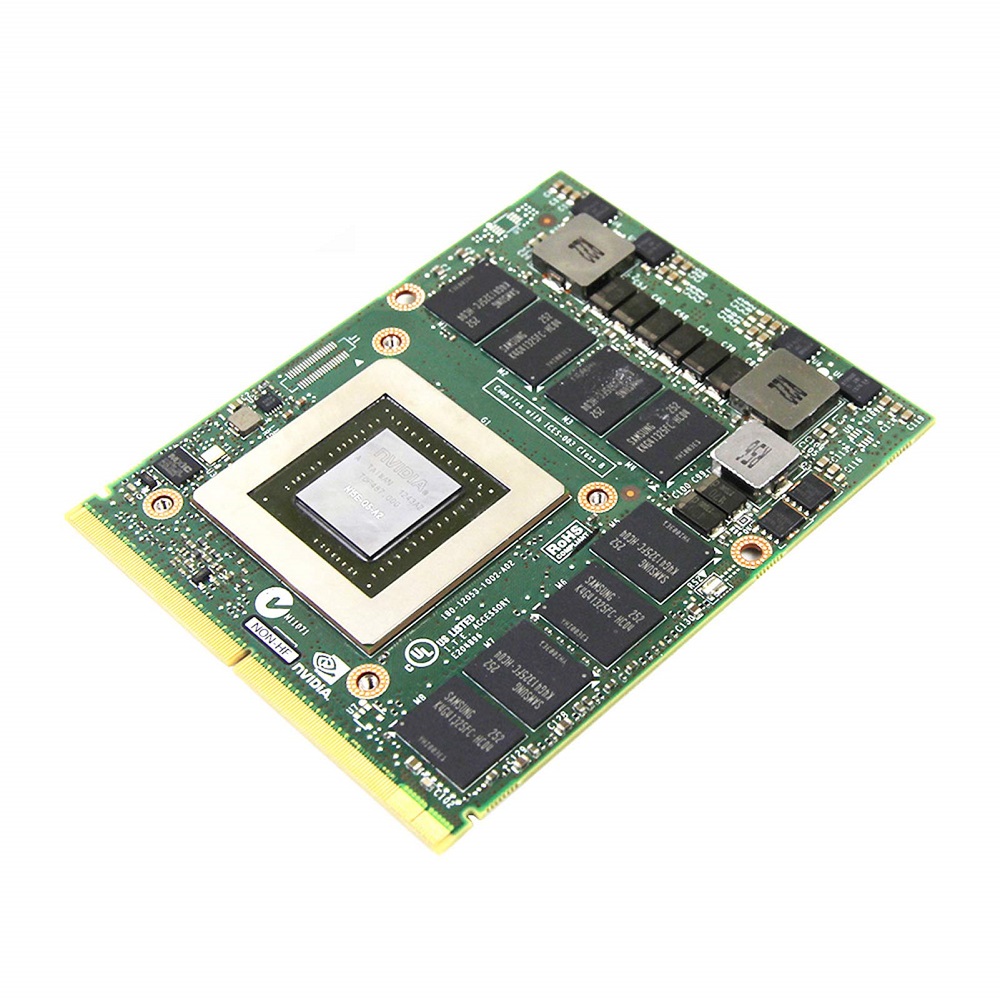How do I replace the graphics card in my PC? Upgrading your PC with a new graphics card from 2024 can result in better gaming, smoother video editing, and more efficient performance for graphics-intensive tasks. Replacing a graphics card might seem daunting to those unfamiliar with PC hardware, but with the right tools and steps, you can upgrade your system successfully. This article will walk you through the process, ensuring you feel confident in removing the old card and installing the new one.
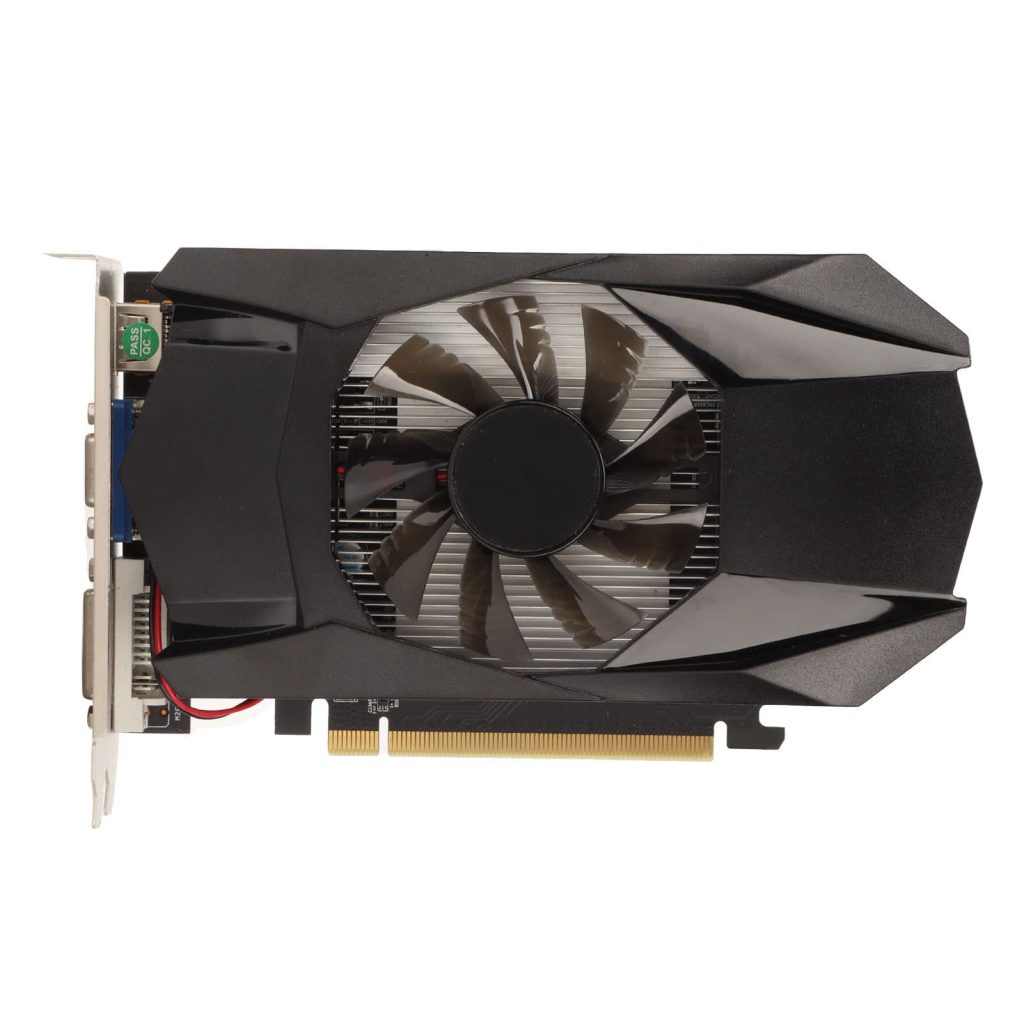
Pre-Installation: Preparation and Safety
Gather Necessary Tools and Equipment
Before you start, ensure you have all the necessary tools. You will need a Phillips-head screwdriver, an anti-static wrist strap to avoid damaging internal components with electrostatic discharge, and your new graphics card. Additionally, make sure your PC and the new card are compatible, considering physical space, power requirements, and port availability.
Safety Precautions and System Backup
Safety is paramount when working with electronic components. Disconnect your PC from power by unplugging the power cable and holding the power button down for a few seconds to discharge any remaining electricity. Attach an anti-static wrist strap to yourself and an unpainted metal part of the PC case to ground yourself. It’s also a good idea to back up important data before starting, in case of unexpected issues.
Removing the Old Graphics Card
Disconnecting and Removing the Old Card
Open the PC case by removing the side panel, which is typically held in place by screws or a latch system. Locate your current graphics card and disconnect any power connectors attached to it. Unscrew the card from the case bracket and carefully release any securing clips on the PCIe slot. Gently but firmly pull the card out, starting from the back end and working your way toward the port side.
Cleaning the PCIe Slot
With the old card removed, inspect the PCIe slot for dust or debris that could affect the connection. Use compressed air to clean out the slot, ensuring careful, short bursts to prevent any damage. Also, take this opportunity to clean any noticeable dust from surrounding areas, helping to improve airflow and preserve your new card’s performance.
Installing the New Graphics Card
Positioning and Seating the New Card
Unpack your new graphics card, handling it by the edges to avoid touching the circuitry or components. Align the card with the PCIe slot and the back panel, and then gently press down evenly along the top edge until the card securely clicks into place. Make sure the card is firmly inserted into the slot and the front bracket is lined up with the case’s screw holes.
Securing and Connecting Power
Once the card is seated, screw it into the case bracket to prevent movement or sagging. If your install graphics card requires power connectors, attach them now – they can only fit one way, so there’s no need to force them. Ensure every connector snaps into place properly. A secure power connection is crucial for the card to operate correctly.
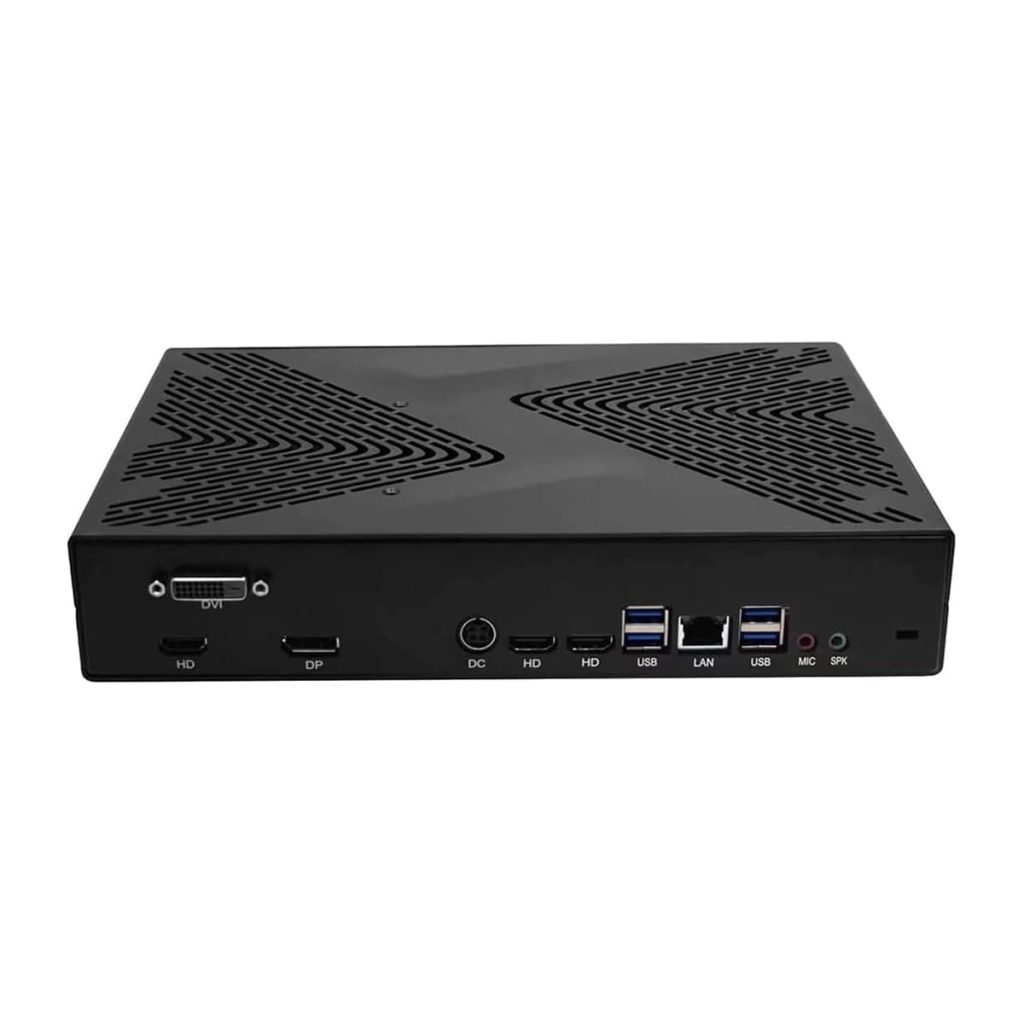
Post-Installation: Setup and Testing
Reassembling the PC Case and Initial Boot
Close up your PC case and reattach the side panel. Reconnect the power cable and any other cables you disconnected earlier. Power on your PC and monitor the boot sequence for any anomalies. If the system doesn’t boot, turn off the power, open the case, and double-check the graphics card and power connections.
Installing Necessary Drivers
Once your system boots successfully, install the latest drivers for your new graphics card. Drivers ensure that the card and the operating system work together effectively. Browse to the card manufacturer’s website, find the driver section, and download the appropriate drivers for your specific card and operating system. Follow the installation prompts and then restart your PC to allow the changes to take effect.
Conducting Performance Tests
To ensure your new graphics card is functioning optimally, run some performance tests. Use benchmarking software to test the graphics card capabilities or try running your favorite game to see improved performance and graphical settings. Monitor temperature and performance under load to ensure that everything is working as expected. If you encounter issues, troubleshoot by checking connections again or consulting the card’s documentation.
Troubleshooting Common Post-Installation Issues
Identifying and Resolving Driver Conflicts
If you experience glitches or system stability issues after the new game pc with graphics card installation, you might have driver conflicts. Use the device manager to uninstall old graphics drivers fully and reinstall the latest ones for your new card. Sometimes, using specialized software to clean out previous driver installations can help prevent conflicts that lead to system instability.
Managing Display and Resolution Errors
Should you face any display issues such as incorrect resolutions or a blank screen, check your monitor’s connection to the new graphics card. Ensure that you’re using the correct input on your monitor and that the cable is secure. If problems persist, access your system’s display settings to manually select the correct resolution, or use the auto-adjust feature on your monitor.
Overheating and Performance Tuning
A new graphics card might generate more heat than your previous one, especially if it’s a significant upgrade. Monitor the card’s temperatures using hardware monitoring tools to ensure it stays within safe operating limits. If you notice excessive heat, improve airflow within your PC case by adjusting fan placement or cleaning dust filters. You can also explore aftermarket cooling solutions or tweak graphics settings for optimal performance without overheating.
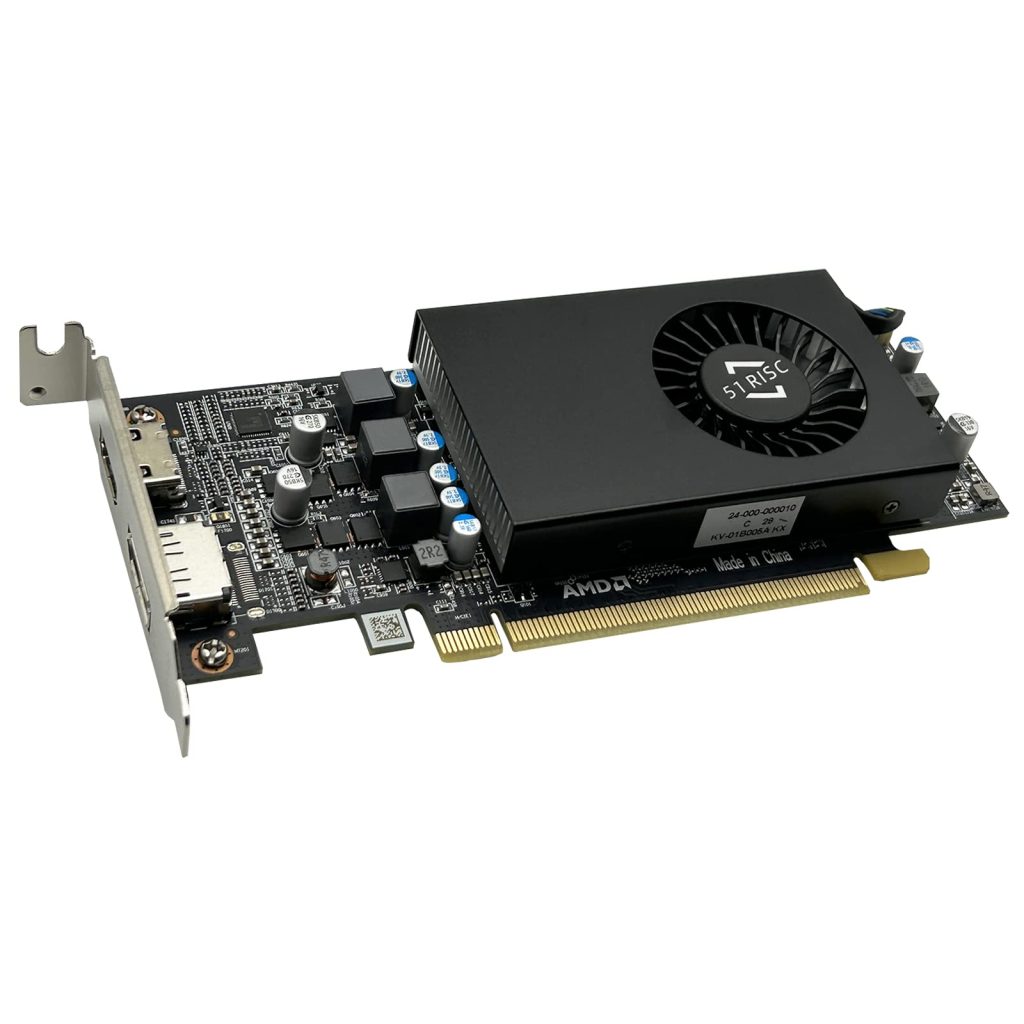
Maximizing Your Graphics Card’s Potential
Once your new graphics card is securely installed and running smoothly, explore the suite of software and tools available to fine-tune performance and visuals to your liking. Many graphics cards in pc come with proprietary software that allows you to adjust settings such as clock speeds, fan control, and RGB lighting to optimize both performance and aesthetics. Delving into these settings can significantly enhance your gaming experience or content creation workflows. Furthermore, staying updated on the latest game patches and graphics technologies, like ray tracing and DLSS (Deep Learning Super Sampling), can help you get the most out of your investment. Remember, while pushing the limits of your graphics card can lead to improved visuals and frame rates, it’s essential to balance these enhancements with the thermal and power capabilities of your overall system to maintain stability and longevity.
Advantages of Graphics Card in PC
Installing a graphics card in a PC can significantly enhance its capabilities and performance, especially in graphics-intensive tasks such as gaming, multimedia production, and graphic design. Graphics cards, also known as video cards or GPUs (Graphics Processing Units), offer several advantages that improve visual quality, speed up processing, and enable smoother gameplay.
Enhanced Gaming Performance:
One of the key advantages of installing a graphics card in a PC is the significant boost in gaming performance. Dedicated graphics cards have their processing power, memory, and specialized circuits designed explicitly for rendering complex graphics, resulting in higher frame rates, smoother gameplay, and more detailed visuals. They offload the processing burden from the CPU, allowing it to focus on other tasks and improving overall system performance.
Improved Graphics Quality:
Graphics cards have advanced graphics processing capabilities that can dramatically enhance the visual quality of games and multimedia content. With features like anti-aliasing, texture filtering, and advanced shading techniques, a graphics card can render more realistic lighting, shadows, and textures, resulting in enhanced immersion and a more visually appealing experience. Higher-end graphics cards also support technologies like Ray Tracing and Deep Learning Super Sampling (DLSS), further improving graphical fidelity and realism.
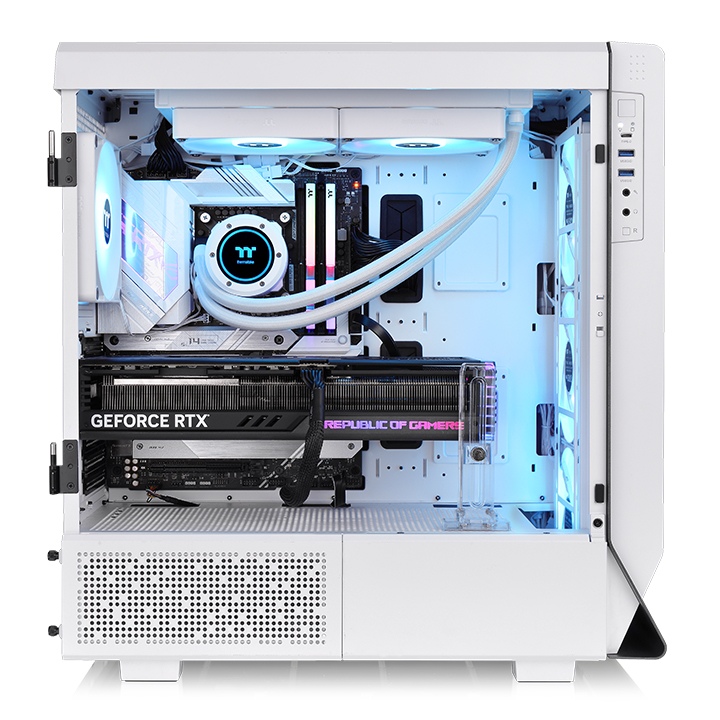
Accelerated Multimedia Processing:
Graphics cards are not only beneficial for gaming but also for multimedia production tasks such as video editing, 3D modeling, and rendering. The parallel processing power of a graphics card can significantly speed up these computationally intensive tasks, allowing for faster video encoding, smoother real-time 3D previews, and reduced rendering times. By leveraging the GPU’s processing capabilities, multimedia professionals can work more efficiently and achieve quicker results.
Expanded Monitor Support:
Modern graphics cards offer multiple outputs, allowing users to connect multiple monitors simultaneously. This feature is especially beneficial for multitasking, productivity, and gaming setups. With a graphics card, you can extend your desktop across multiple monitors, effectively increasing screen real estate and improving workflow efficiency. Gamers can benefit from immersive multi-monitor gaming setups that provide a wider field of view and enhance the gaming experience.
GPU Compute Power:
Beyond gaming and multimedia processing, graphics cards also possess substantial parallel processing capabilities that can be leveraged for GPU-accelerated computing tasks. Certain applications, such as scientific simulations, machine learning, and cryptocurrency mining, can take advantage of the GPU’s massive parallel architecture to perform calculations significantly faster than traditional CPUs. Graphics cards with specialized CUDA or OpenCL support excel in these areas and can provide substantial performance improvements.
Conclusion:
Replacing graphics card in pc involves careful work and attention to detail, but it’s a task within reach for most PC users. By following the steps of preparation, removal, installation, and post-installation setup, you can ensure a successful upgrade that improves your PC’s performance capability. Remember, the most important part of doing such hardware changes is to be patient and methodical, securing your PC’s future and your ongoing satisfaction with its performance.
